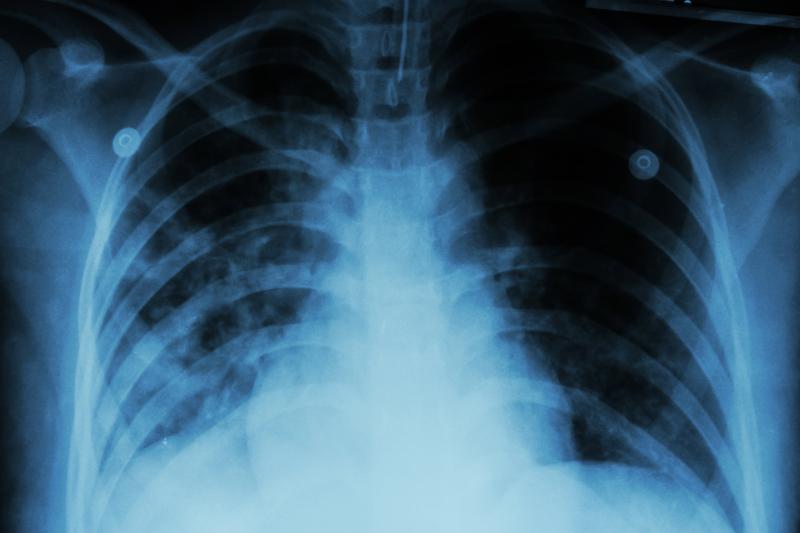
Tuberculosis empyema (TE) remains a common issue in China, especially among men, a recent study has shown.
Researchers conducted a retrospective cohort study on 474 patients with pleural tuberculosis (TB). Having grossly purulent pleural fluid was the basis for empyema identification. The primary study outcomes were factors predictive of TE.
Forty-two patients (mean age, 29.1±12.2 years; 90.5 percent male) were confirmed to have TE, resulting in an overall prevalence rate of 8.9 percent. The remaining 432 (91.1 percent; mean age, 36.3±18.5 years; 78.0 percent male) were established as non-TE comparators. More than half (51.3 percent) were smokers, and 71.1 percent had coughs, the most common symptom. Fevers were present in 70.7 percent and dyspnoea in 51.1 percent.
Multivariate logistic regression analysis identified being male as a strong and significant risk factor for developing TE in pleural TB patients (odds ratio [OR], 4.431, 95 percent confidence interval [CI], 1.411–13.919; p=0.011). Analysis was adjusted for pertinent confounders, such as age, comorbidity, symptoms and effusion sites.
Adenosine deaminase levels >88 U/L (OR, 3.367, 95 percent CI, 1.533–7.395; p=0.002) and white blood cell count >9.52 109/L (OR, 5.763; 95 percent CI, 2.473–13.431; p<0.001) also emerged as significant predictors of TE. In contrast, having pulmonary TB exerted a significant protective effect against TE (OR, 0.155, 95 percent CI, 0.072–0.336; p<0.001).
Important study limitations include its retrospective nature, the failure to take empyema stage into consideration and a single-centre design, which may limit its generalizability in broader populations, the researchers said. Further studies are required to validate the present findings.